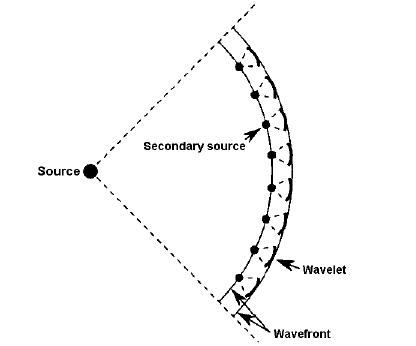Optics :-
Optics is the branch of physics in which study about properties and behavior of light.
There are two types of optics in physics –
- Ray optics.
- Wave optics.
Ray optics :-
Ray optics is the branch of optics in which study about propagation of light in terms of rays,whose path are governed by the law of reflection and refraction at interfaces between different medium.
Wave optics :-
Wave optics is the branch of optics that studies interference, diffraction, polarisation and other phenomena for which ray optics is not valid.
Light :-
Light is a form of energy and a transverse electromagnetic wave that can be seen by the typical human.
The wave nature of light was first illustrated through experiments on diffraction and interference. The transverse nature of light can be demonstrated through polarisation.
Theories of light :-
1.Newton’s corpuscular theory.
2. Huygen’s wave theory.
Newton’s corpuscular theory :-
Newton proposed this theory that treats light as being composed of tiny particles.
We use this theory to describe reflection, refraction, secondary rainbow and primary rainbow.
It can not explain the interference, diffraction and polarisation.
Huygen’s wave theory :-
Scientist christian Huygens in 1678 found that light is a form of wave.
He found that light propagates in the form of waves and need a medium to propagate in all possible direction. He gave a hypothetical medium which is known as ether.
- He told that the secondary source which is obtained from the wavefront of first source give rise to new wavelets and the tangent drown to combine all individual wavefronts formed by wavelets of secondary source forms secondary wavefront.

when applied to the propagation of light waves, this priciple states that
Every point on a wavefront may be considered a source of secondary spherical wavelets which spread out in the forward direction at the speed of light. The new wavefront is the tangential surface to all of these secondary wavelets.

